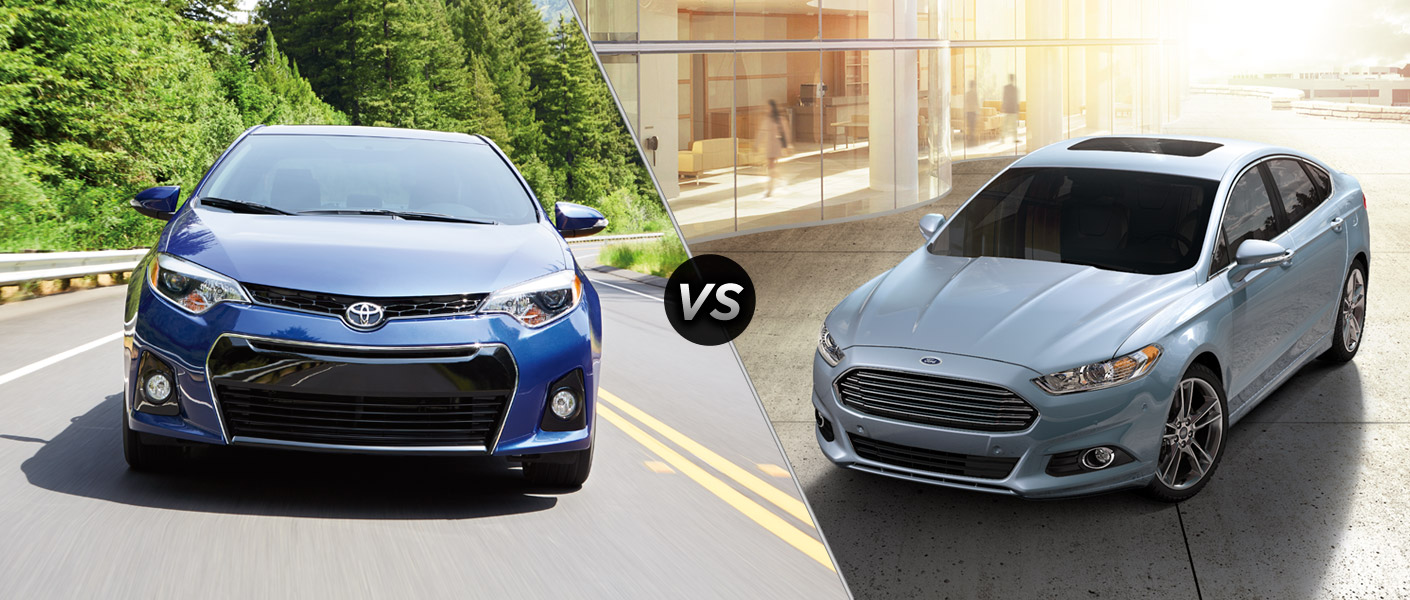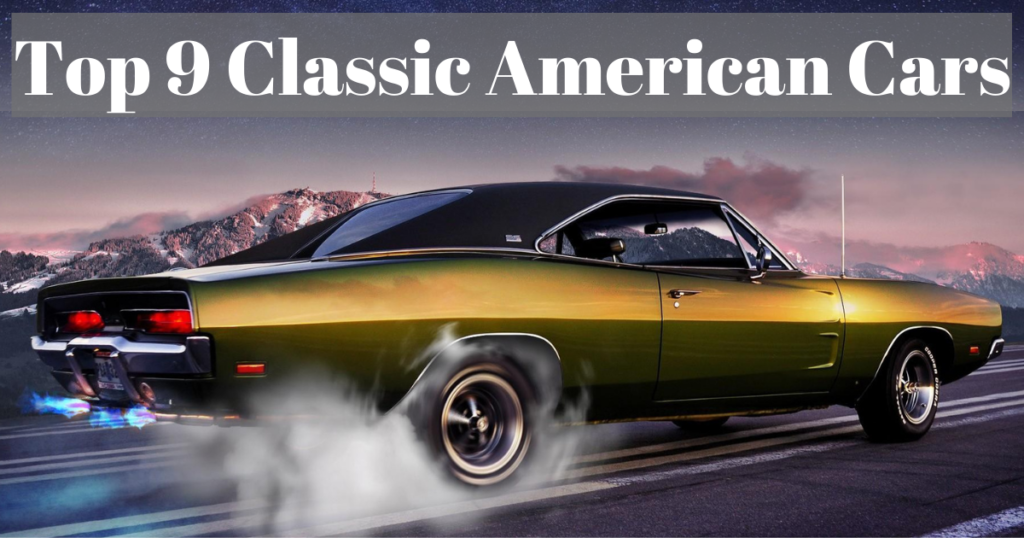
Classic American cars have left an indelible mark on the automotive landscape, captivating enthusiasts and collectors alike with their timeless beauty and enduring appeal. These iconic automobiles, hailing from the golden age of American manufacturing, represent an era of unparalleled craftsmanship, innovation, and automotive excellence.
From the sleek and luxurious lines of the 1950s Cadillacs to the raw power and muscle of the 1960s Ford Mustangs, classic American cars embody the spirit of an entire nation’s love affair with the open road.
In this article, we will delve into the fascinating world of these vintage treasures, exploring their rich history, iconic designs, and the profound cultural impact they have had on American society. Join us on a nostalgic journey through time as we celebrate the legacy and allure of classic American cars.
Best Classic American Cars
Each vehicle listed below epitomizes the eternal beauty, performance, and cultural importance that have made them respected icons in the automotive industry. They are regarded as some of the greatest vintage American cars.
1. Ford Model T (1908)
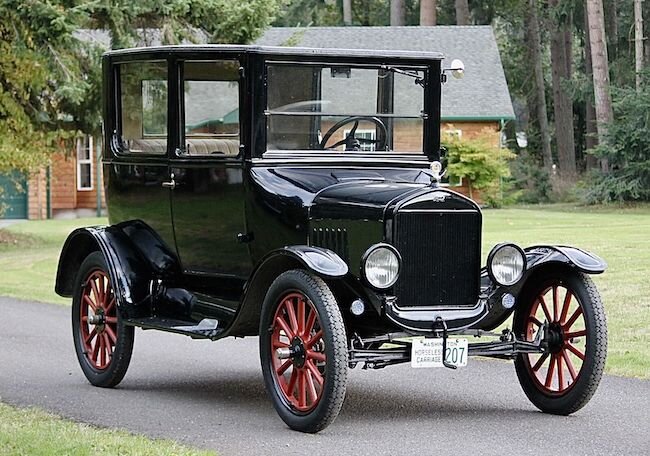
The 20th century’s most impactful automobile? Very much a contender. In addition to revolutionizing mass production in facilities renowned for being influenced by Henry Ford’s visit to a Chicago butcher of all places, the Model T also helped democratize US car ownership.
A wide range of trims were offered, starting at $300. It even allows owners to order replacement parts from home shopping magazines. By the time manufacture ceased in 1927, an astounding 15 million had been sold. Renowned for being readily accessible in any color as long as it was black.
It is regarded as one of the best classic American cars due to its revolutionary mass production methods, role in democratizing car ownership, innovative customer service approach, impressive sales figures, and distinctive design. Its impact on American society and the automotive industry solidifies its status as a beloved classic.
2. Shelby Daytona (1965)
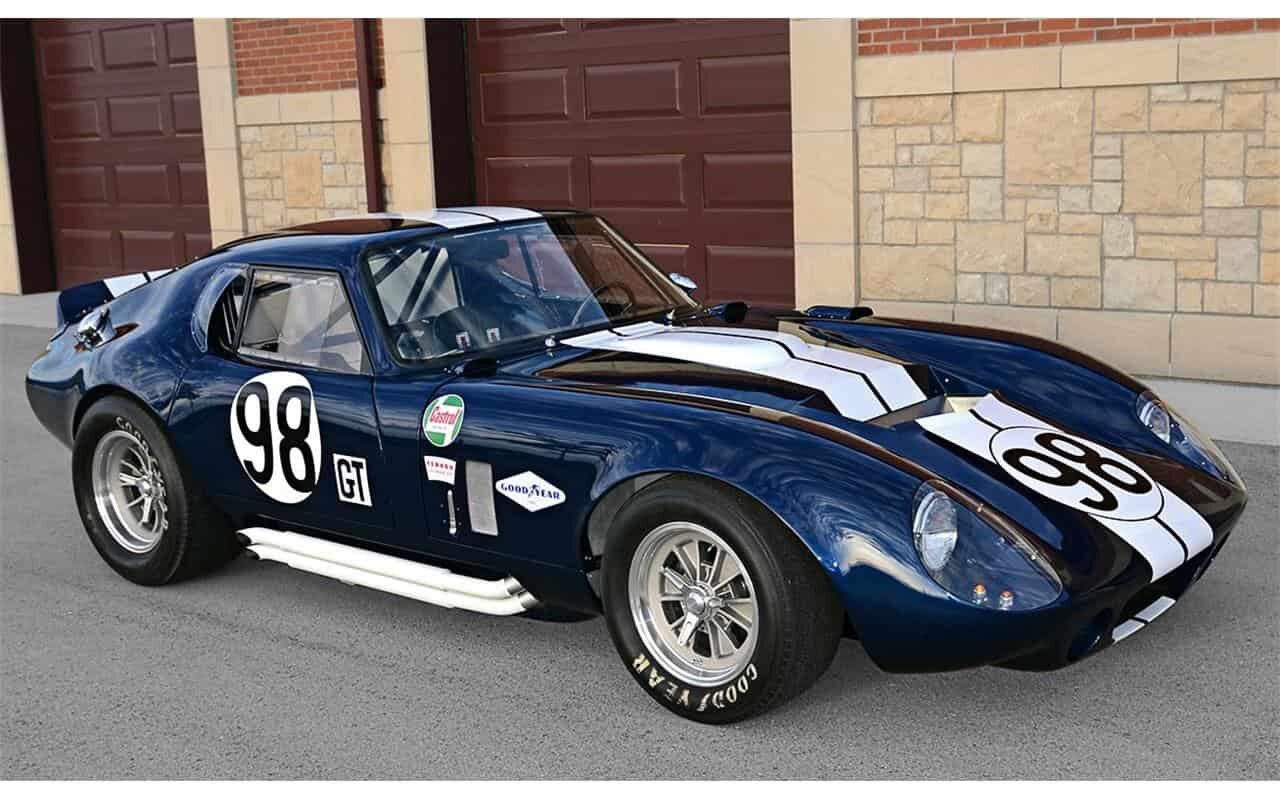
In reality, Ford was a corporate giant with tremendous resources. In contrast, Ferrari had been struggling to survive (which is why they’d offered their sale to Ford in the first place), even though Ford V Ferrari loves to tell an “underdog” story about Ford’s 1966 Le Man victory. Although Fiat acquired the latter, Ford remained unquestionably dominant in this scenario.
Now, 1965 was a completely different situation, again placing Carroll Shelby in the spotlight, but without much assistance from the fabled Blue Oval. The Shelby Daytona, a GT racer based on the Cobra, was created specifically to compete against the renowned Ferrari 250 GTO in the FIA World Sportscar Championship in 1964 and 1965.
The Shelby Daytona handily defeated Ferrari in the second season, becoming the first American manufacturer to win the championship. Shelby American was extremely underdog at the time of this victory. Hence we would say it was a great accomplishment for the business.
3. Oldsmobile Rocket 88 (1949)
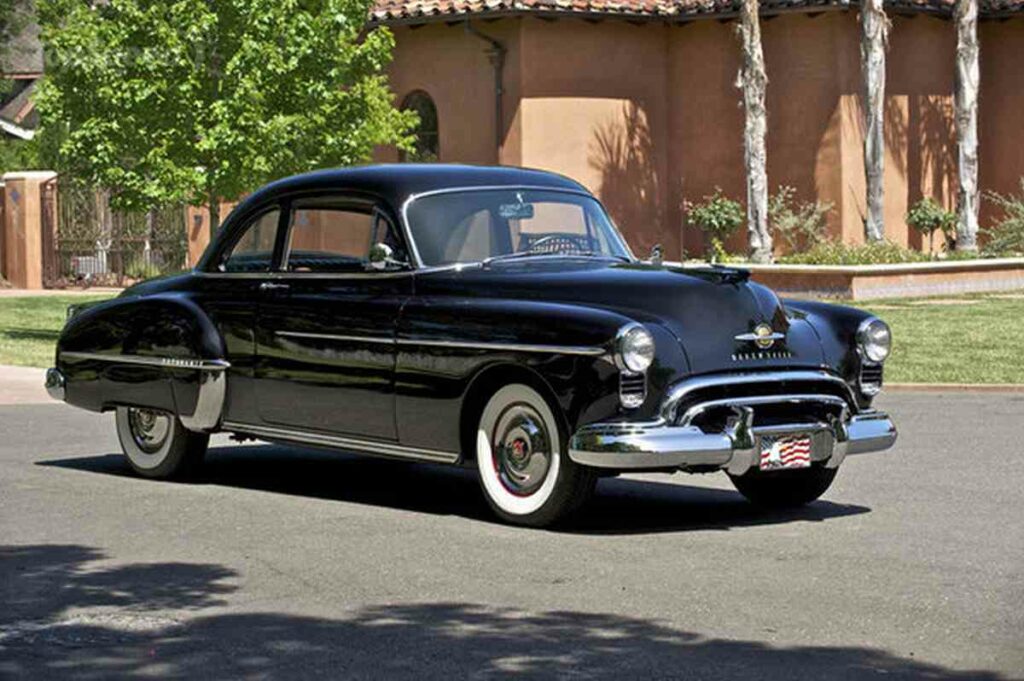
The 1949 Oldsmobile 88 is nearly entirely responsible for the muscle car concept in post-World War II American automobiles. It was also fairly priced, one of the fastest sedans in North America. Even though its 303-cid OHV V8 only generated 135 horsepower, it was the first high-compression, mass-manufactured V8 available in a passenger automobile.
Yet, it delivered an impressive performance for its time, generating around 135 horsepower and 263 lb-ft (35.6 kg-m) of torque. Because of its innovative spirit, powerful performance, and cultural significance, the 1949 Oldsmobile Rocket 88 is regarded as a classic American automobile. Even in our test drive, it worked amazingly.
The Oldsmobile 88, often regarded as the forerunner of the muscle vehicle, offered more horsepower than almost any other reasonably priced sedan in its price range despite its seeming low output. Additionally, it had a big impact on how popular music developed.
The Oldsmobile Rocket 88 is frequently cited as the vehicle that inspired the first rock ‘n’ roll song, “Rocket 88,” by Jackie Brenston and Ike Turner. It has since come to represent American youth culture and rebellion.
4. Phantom Corsair (1938)
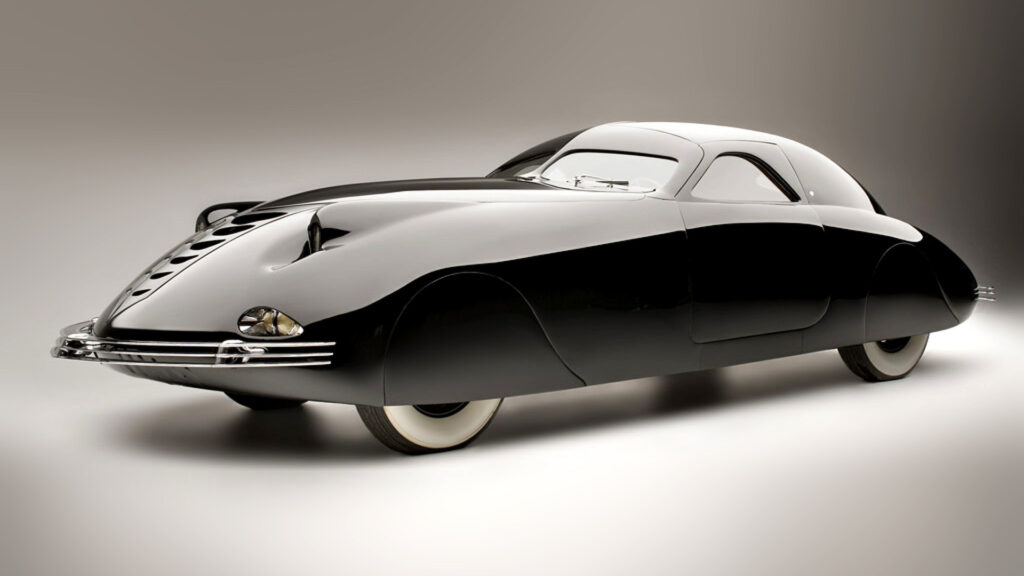
Due to the unexpected passing of Rust Heinz, the Phantom Corsair was never given a chance to enter the market, but even just by looking at it, it is clear that it was extremely innovative and intricately designed.
This automobile was heavily based on the Cord 810, which featured an FWD and a Lycoming V8 that produced about 200 horsepower, a significant improvement above the usual cars of the time. A four-speed manual with an electronic pre-selector was paired with this V8.
Both independent suspension and the use of adjustable shocks were made accessible. With space for four adults on the front bench and two in the back, the Phantom Corsair also had an unusual seating configuration. Overall, we observed that the vehicle’s streamlined exterior, which included flush fenders and covered wheels, greatly increased its aerodynamic efficiency.
5. Dodge Viper RT/10 (1992)

The first-generation Dodge Viper is still, and most likely will be, for the foreseeable future, the most lethal American-built supercar of all time, just behind the deadly Shelby Cobra 427 Super Snake. The Viper had no doors, roof, manual transmission, or other creature amenities, including traction control.
The 8.0-liter V10 engine that powers the Dodge Viper RT/10 also produces 400 horsepower and 465 lb-ft (64.3 kg-m) of torque. The deranged but toy-like Viper epitomizes the 1990s. Everything at this time was still in the experimental stage.
The public still needs to push the envelope to determine what is feasible and, consequently, what is good or terrible. Despite its inherent risk, the Viper is still considered one of the best American supercars ever built.
6. Lincoln Continental (1939)

The Lincoln Continental serves as a memory of a painful period, much like the Willys Jeep did. The fourth generation Lincoln Continental is the one that everyone remembers, particularly the 1961 convertible Lincoln Continental limousine. Let us explain the significance of this automobile for American history if you are unaware of it.
On November 22, 1963, in Dallas, Texas, John F. Kennedy was shot and killed while chauffeured in a 1961 Lincoln Continental. Everyone wanted a Lincoln Continental at the time because it represented the pinnacle of American luxury—until they didn’t.
The Lincoln Continental was a cutting-edge design at the time. It stood out from its predecessors thanks to the jet age’s effect on its svelte and graceful lines, demonstrating a degree of refinement and flair. The use of chrome accents enhanced its attractiveness, and unusual elements like the fabled suicide doors helped to establish its recognition. It also provided outstanding comfort and elegance.
7. Ford GT40 (1964-1969)

The struggle between Ford and Ferrari included the Ford GT40 as the hero of possibly the fiercest rivalry in motorsport history. Ford Vs. Ferrari, one of the finest auto movies ever made, was recently produced due to the legendary status of the conflict. Ford finally developed the Ford GT40 MkII, which would ultimately dethrone Ferrari after Ferrari had defeated them in the 24 Hours of Le Mans in 1964 and 1965, after much blood, sweat, and tears.
Ford swept Ferrari in the 1966 24 Hours of Le Mans by taking first, second, and third, thanks to the combined efforts of Caroll Shelby, Henry Ford II, Ken Miles, and Phil Remington. This demonstrates that no matter how strong your opponents may appear, there is always a way to succeed.
The GT40’s low, slender, and aerodynamically efficient design allowed it to go through the air with the least resistance. Its aggressive posture, long hood, and muscular contours radiated a sense of strength and performance. The Gullwing doors of the GT40 contributed to its uniqueness, making it an instantly recognized and highly sought-after vintage automobile. Overall we enjoyed our ride in this classic edition.
8. Cadillac Eldorado (1953)

The Eldorado was intended for the privileged few who could afford its asking price and was envisioned to be luxury expressed in sheet metal. The jet age-inspired styling included more sophisticated fin versions that would later dominate American automotive design in the 1950s.
The muscular front appearance, which featured stunning bumper “bullets” originally seen on the renowned Le Sabre display vehicle developed by parent firm General Motors, was especially chrome-laden. Eldorados talked about 1950s optimism and excessive car culture. We loved the antique look, which still shines properly.
The Eldorado had a powerful V8 engine. The 5.4-liter engine produced 210 horsepower. Torque was 320 lb-ft (434 kg-m) which we find acceptable for that era. Its acceleration and handling were impressive for the time. Engineering and workmanship improved the V8 engine’s smoothness and power delivery. Its elegant lines, unique grille, and unmistakable tailfins oozed luxury. The interior has great seats, materials, and modern features.
9. Pontiac Firebird Trans Am (1970)
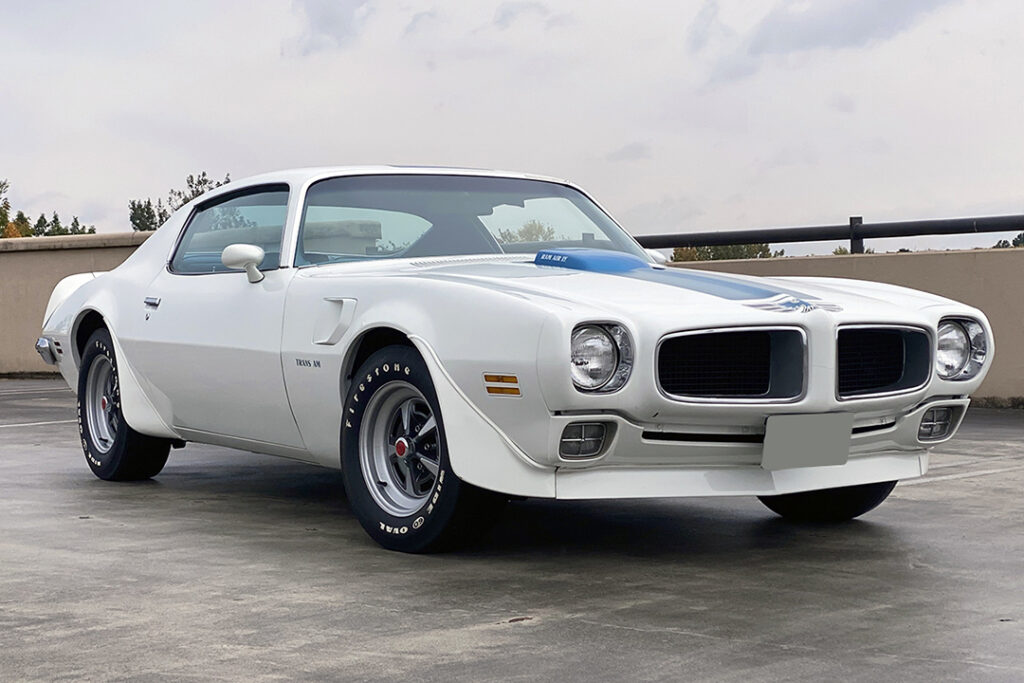
Pontiac’s second-generation Trans Am was built to dazzle, and it had an eye-catching nose capped with the coupé’s name’s firebird. Bill Porter, the in-house stylist, considered it the best design of his illustrious career, with a practical bonnet scoop emphasizing the Trans Am’s more than sufficient power.
The Trans Am sped to 60 mph (96.56 kph) in a genuinely astounding five seconds, with an attractive machined dashboard in front of the driver and a cushioned three-spoke steering wheel for him to hold onto. In our trial, we observe its attention wherever it travels with its muscular posture, dramatic hood scoops, and iconic “screaming chicken” hood decal.
The iconic Ram Air 400 and 455, among other strong V8 engines, provide the Trans Am’s thrilling performance on the open road. The Pontiac Firebird Trans Am has cemented its status as a revered classic among car enthusiasts and a symbol of American automotive perfection because of its blend of powerful styling, exciting performance, and obvious presence.
FAQs
What is considered a classic American car?
The term “classic American cars” is typically used to describe vehicles built between the 1920s and the late 1970s. These vehicles are known for their iconic designs, powerful engines, and historical significance.
How do I maintain a classic American car?
Maintaining a classic American car involves regular inspections, tune-ups, and oil changes. It’s essential to store the car properly, keep it clean, and address any issues promptly. It’s also beneficial to join classic car clubs or forums to connect with enthusiasts and learn from their experiences.
Are classic American cars a good investment?
The rarity, condition, historical significance, and desirability of classic American cars determine whether they are a good investment. Although some models gain value over time, it’s essential to remember that investing in classic cars requires careful thought and consideration.
Can I modify a classic American car?
Modifying classic American cars is a common practice among enthusiasts. However, balancing customization with preserving the car’s originality and historical value is crucial. Some modifications, such as adding modern safety features or improving performance, can enhance the driving experience while keeping the car’s charm intact.
How can I insure an antique American car?
Insuring a classic American car often requires specialized insurance policies tailored for classic and vintage vehicles. Many insurance companies offer specific coverage options for classic cars, considering factors like the car’s age, condition, and usage. Researching and comparing insurance providers is advisable to find the best coverage for your needs.
Conclusion
In conclusion, classic American cars hold a special place in the hearts of automotive enthusiasts and collectors worldwide. These classic cars epitomize a period of American manufacture and invention thanks to their timeless beauty and enduring appeal.
From the elegant Cadillacs of the 1950s to the muscular Ford Mustangs of the 1960s, iconic American vehicles encapsulate the spirit of a nation’s love affair with the wide road. Their lengthy history, distinctive designs, and significant cultural effect have made them acknowledged icons in the automobile industry.
Every classic American car, whether the ground-breaking Model T, the successful Shelby Daytona, or the significant Oldsmobile Rocket 88, has its distinct history and contribution to American culture. We acknowledge their enduring impact on the automotive landscape and their continuing influence on future generations as we celebrate their legacy and allure.




